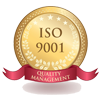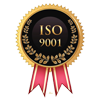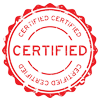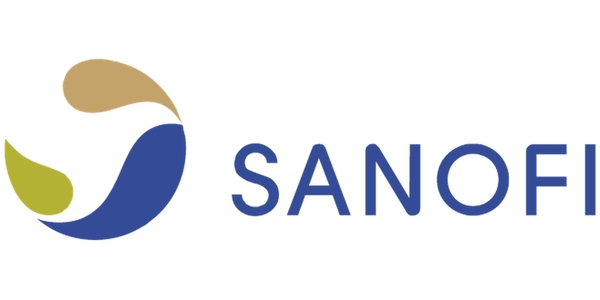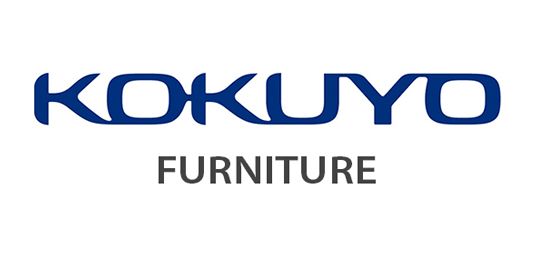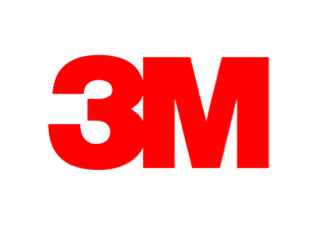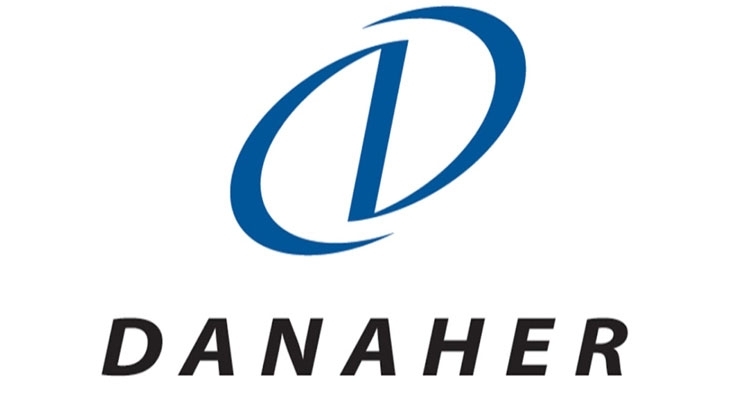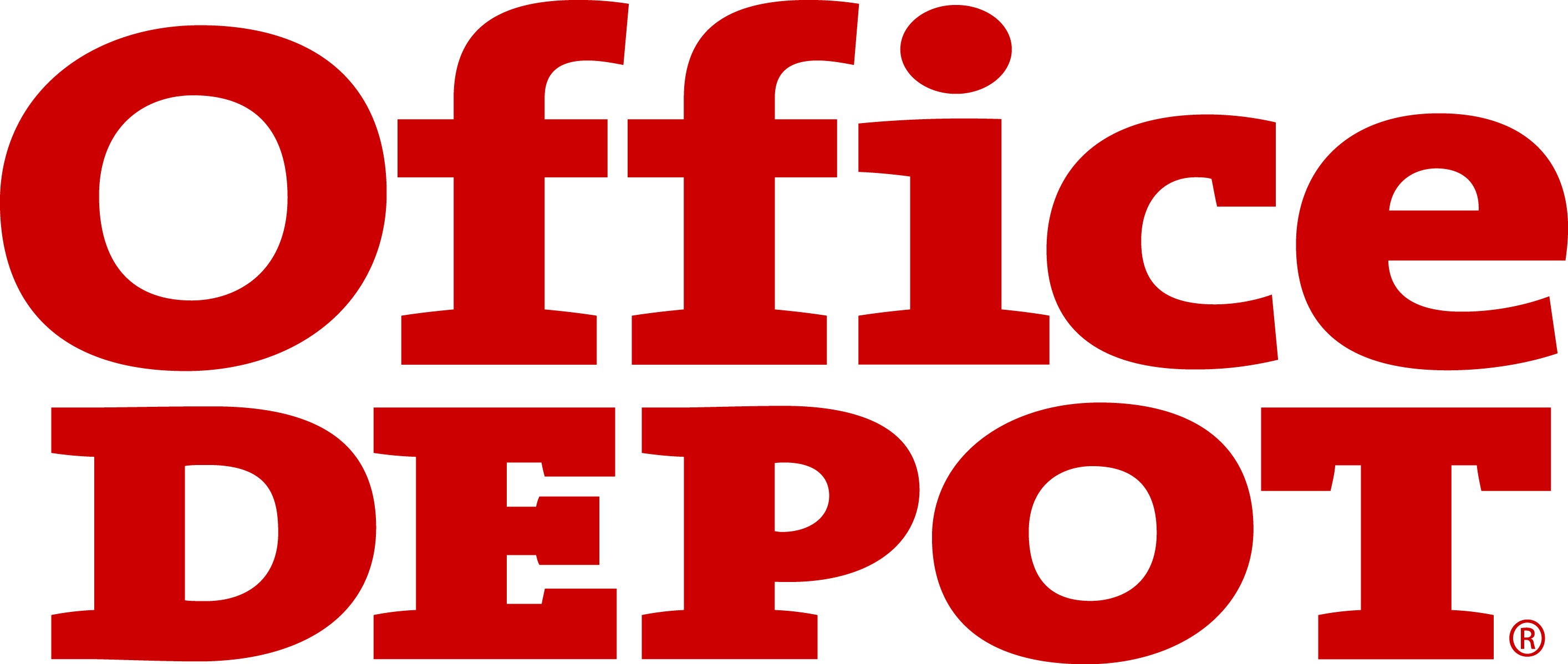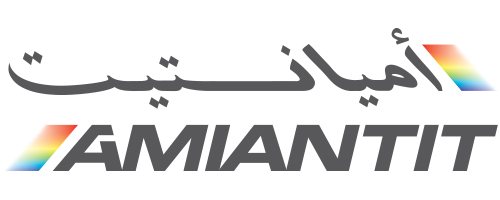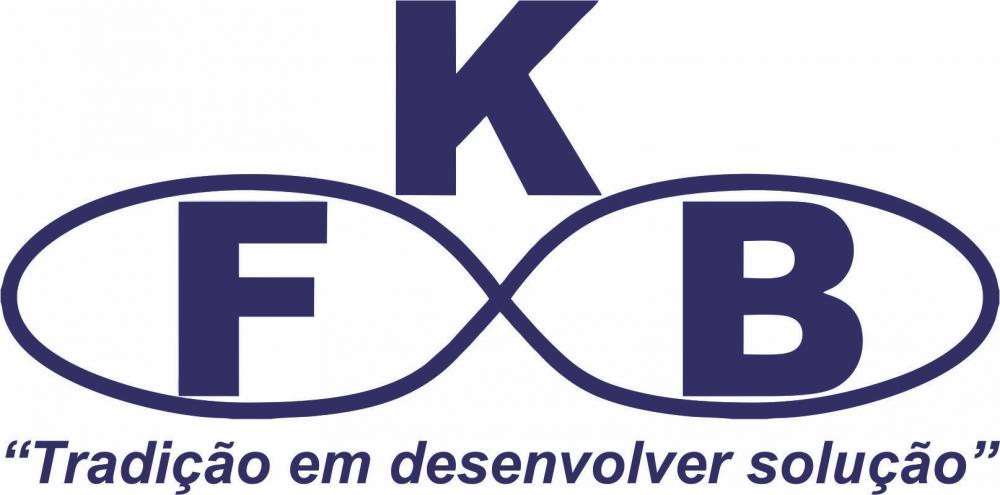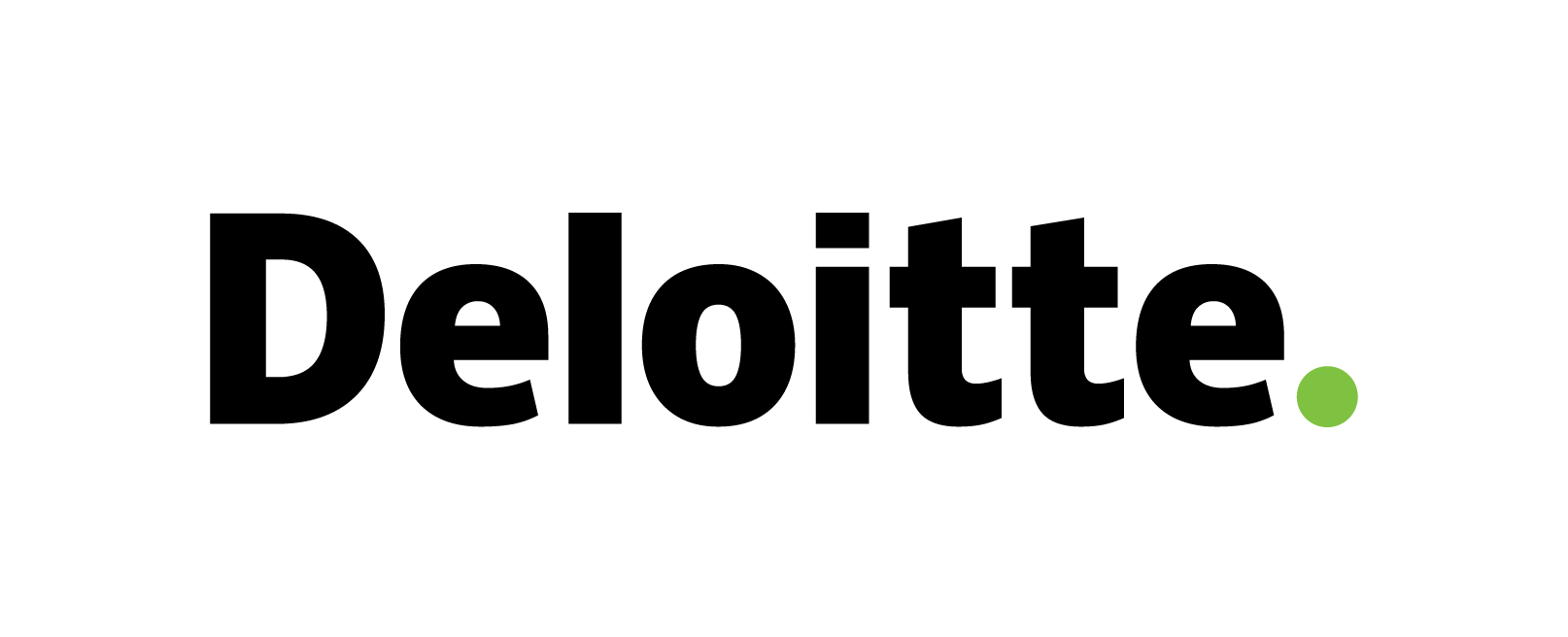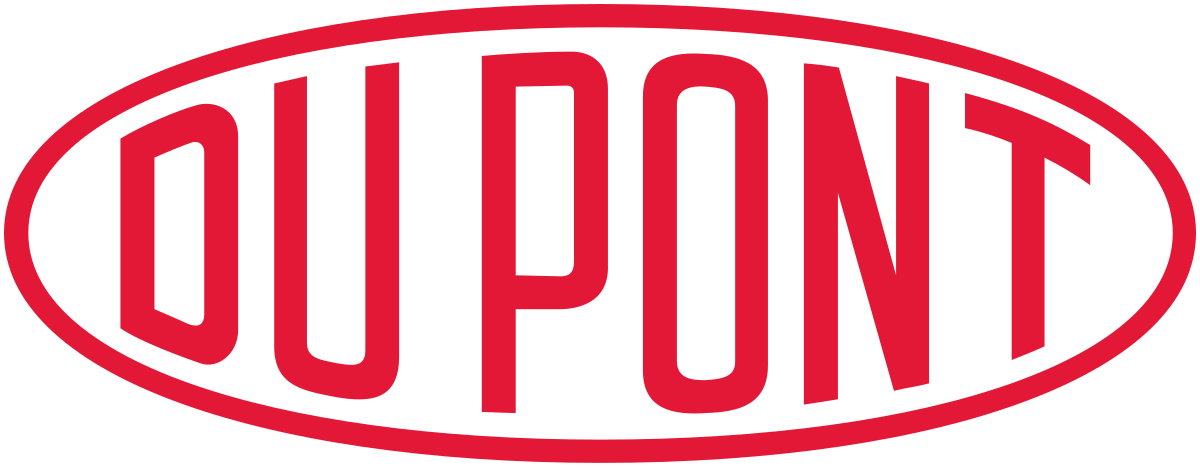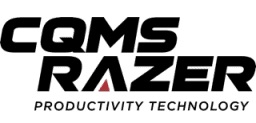Automotive NVH Materials Market By Material Types (Rubber, Foam, Metal); By Application (Interior, Exterior, Engine compartment); By vehicle type (Passenger Cars, Light Commercial Vehicles, Heavy Commercial Vehicles); By Sales Source (Original Equipment Manufacturers (OEMs), Aftermarket); By function (Sound Insulation, Damping, Vibration Isolation); By Region (North America, Europe, Asia Pacific, Latin America, Middle East & Africa) - Global Market Analysis, Trends, Opportunity and Forecast, 2022-2032
Automotive NVH Materials Market Insights
The automotive NVH (Noise, Vibration, and Harshness) materials market refers to the marketplace for materials utilized in automotive applications to scale back or dampen noise, vibration, and harshness levels. These materials are typically utilized in the inside and exterior of vehicles, including the engine compartment, body panels, and underbody.
The global automotive NVH materials market size was valued at around USD 11.1 billion in 2021 and is projected to grow at a compound annual rate of growth (CAGR) of around 6.9% from 2022 to 2032.market size is projected to succeed in USD 21.8 billion by 2032.
It is driven by factors like the increasing demand for comfort and safety in vehicles, the growing automotive industry, and the stringent government regulations regarding noise and emission control. The froth segment is predicted to carry the most important market share during the forecast period thanks to its excellent noise and vibration-dampening properties. Geographically, the Asia Pacific region is predicted to dominate the automotive NVH materials market during the forecast period, followed by Europe and North America. This is often primarily thanks to the presence of an outsized automotive industry in these regions and therefore the increasing demand for comfort and safety features in vehicles.
Some of the key players operating within the automotive NVH materials market include Sumitomo Riko Co. Ltd., 3M Company, BASF SE, Exxon Mobil Corporation, Henkel AG & Co. KGaA, DuPont de Nemours, Inc., and Covestro AG. These companies specialize in product innovation and development, strategic partnerships, and mergers and acquisitions to strengthen their market position and expand their product offerings.
Automotive NVH Materials Market Key Drivers
The global automotive NVH materials market is driven by various factors contributing to its growth in recent years. Some of the key drivers of the are:
- Advancement in technology: The event of the latest and advanced NVH materials and technologies is additionally driving the expansion of the market. These materials and technologies are often wont to improve the NVH performance of vehicles, making them easier and quieter.
- Growing automotive industry: The worldwide automotive industry is experiencing steady growth, with increasing vehicle production and sales. As a result, there's a growing demand for NVH materials to enhance the comfort and safety of vehicles.
- Growing demand for electric and hybrid vehicles: The adoption of electrical and hybrid vehicles is growing, and these vehicles have different noise and vibration characteristics compared to traditional combustion engines which are often driving the demand for brand-spanking. New NVH solutions and materials will reduce noise and vibration levels in electric and hybrid vehicles.
- Increasing demand for comfort and safety: Consumers are increasingly demanding comfortable and safe vehicles, with low noise and vibration levels. This is often driving the demand for NVH materials which will reduce noise and vibration levels in vehicles.
- Increasing production of vehicles: The increasing production of vehicles worldwide is additionally driving the expansion of the market as more vehicles mean more demand for NVH materials.
- Rising adoption of advanced safety features: Advanced safety features like lane departure warnings, collision avoidance, and blind-spot detection systems generate noise, which can cause discomfort to passengers. As a result, more noise-insulation materials are required to scale back the noise generated by these systems, driving market growth.
- Stringent regulations: Governments around the world are imposing stringent regulations on noise and emissions from vehicles. this is often driving the demand for NVH materials which will help reduce noise and vibration levels and meet regulatory requirements.
Automotive NVH Materials Market Key Trends and Developments
The global automotive NVH materials market is undergoing several key trends and developments, including:
- Advanced testing and simulation: Automotive manufacturers are increasingly using advanced testing and simulation techniques to gauge the performance of NVH materials in several applications. This includes the utilization of finite element analysis (FEA) and computer-aided engineering (CAE) to optimize material design and performance.
- Electric and Hybrid vehicles: With the increasing adoption of electrical and hybrid vehicles, the demand for NVH materials is additionally changing. These vehicles have different noise and vibration characteristics compared to traditional combustion engines, requiring new materials and solutions.
- Integration of NVH solutions: Automotive manufacturers are looking to integrate NVH solutions into other systems like active noise cancellation and sound systems, providing a more holistic approach to reducing noise and vibration in vehicles.
- Lightweight materials: With the increasing specialization in fuel efficiency and reducing emissions, automotive manufacturers are trying to find lightweight materials which will reduce the general weight of the vehicle. Lightweight materials like carbon fiber and aluminum are being increasingly utilized in automotive NVH applications.
- Natural and sustainable materials: There's a growing trend toward using natural and sustainable materials in automotive NVH applications. This includes materials like cork, hemp, and natural rubber, which are renewable, biodegradable, and have excellent noise and vibration-dampening properties.
Automotive NVH Materials Market Segmentation
The Automotive NVH Materials market can be segmented based on the following factors:
- By Material Types
- Rubber
- Foam
- Metal
- By Application
- Interior
- Exterior
- Engine compartment
- By vehicle type
- Passenger Cars
- Light Commercial Vehicles
- Heavy Commercial Vehicles
- By Sales Source
- Original Equipment Manufacturers (OEMs)
- Aftermarket
- By function
- Sound Insulation
- Damping
- Vibration Isolation
- By Region
- North America
- Europe
- Asia-Pacific
- Rest of the World (RoW)
Automotive NVH Materials Market: Report Scope |
|
|
Base Year Market Size |
2021 |
|
Forecast Year Market Size |
2022-2032 |
|
CAGR Value |
6.9% |
|
Segmentation |
|
|
Challenges |
|
|
Growth Drivers |
|
Automotive NVH Materials Regional Synopsis
The North American market is dominated by the USA, which may be a major hub for automotive manufacturing. In 2020, the market was valued at approximately $2.5 billion accounting for around 22% of the worldwide market share, and is predicted to grow at a CAGR of around 4.5% from 2021 to 2028. The region has stringent noise and emissions regulations, driving the demand for NVH materials. Europe is a mature marketplace for automotive NVH materials, with established automotive manufacturers and suppliers. The region has stringent noise and emissions regulations, driving the demand for NVH materials. The market was valued at approximately $3 billion accounting for around 26% of the worldwide market share in 2020, expected to grow at a CAGR of around 4.0% from 2021 to 2028.
The Asia-Pacific region is the largest marketplace for automotive NVH materials, driven by the presence of huge automotive manufacturing hubs like China, Japan, and South Korea. The market was valued at approximately $5.5 billion accounting for around 48% of the worldwide market share in 2020, expected to grow at a CAGR of around 6.5% from 2021 to 2028. The increasing demand for vehicles within the region, driven by rising incomes and urbanization, is driving the expansion of the NVH materials market.
The rest of the planet’s market includes regions like South America, the center East, and Africa. The region is predicted to experience steady growth within the automotive NVH materials market, driven by the increasing demand for vehicles in emerging economies and therefore the growing specialization in sustainability. The market was valued at approximately $1 billion accounting for around 9% of the worldwide market share in 2020, expected to grow at a CAGR of around 4.0% from 2021 to 2028.
Japan Automotive NVH Materials Market
In 2020, the Japanese marketplace for automotive NVH materials was valued at approximately $900 million accounting for around 8% of the worldwide market share and is predicted to grow at a CAGR of around 3.5% from 2021 to 2028. Japan may be a significant marketplace for automotive NVH materials, driven by its leading automotive manufacturing hub position. The country features a high demand for vehicles, driven by its aging population and therefore the growing demand for environmentally friendly vehicles. Moreover, Japan has stringent noise and emissions regulations, driving the demand for NVH materials.
The market in Japan is significantly driven by the increasing adoption of electrical and hybrid vehicles, which require specialized NVH materials for their unique characteristics. Overall, Japan’s automotive NVH materials market is predicted to experience steady growth, driven by the increasing demand for vehicles and therefore the growing specialization in sustainability. However, the market growth in Japan could also be limited thanks to the country's shrinking population and declining car ownership rates.
Automotive NVH Materials Market Key Challenges
The automotive NVH materials market faces several key challenges that could potentially impact market growth and profitability. Some of the key challenges include:
- Difficulty in achieving an optimal balance of NVH performance: Achieving the optimal balance of NVH performance is often difficult. NVH materials are often effective in reducing one sort of noise or vibration but can increase another, making it challenging for manufacturers to realize the specified balance of NVH performance.
- Difficulty in testing and evaluating the materials: Testing and evaluating the NVH materials are often a posh process, making it difficult for manufacturers to work out the effectiveness of the materials. This will make it challenging for manufacturers to pick the foremost appropriate materials for their needs.
- Environmental concerns: Some NVH materials, like rubber, are derived from petroleum-based sources and aren't environmentally sustainable which will create challenges for automotive manufacturers who are looking to scale back their carbon footprint and adopt more sustainable practices.
- High cost of materials: NVH materials are often expensive, which may make it difficult for manufacturers to use them in large quantities. It will be a challenge for manufacturers looking to enhance the NVH performance of their vehicles while keeping costs low.
- Integration with other systems: NVH solutions often got to be integrated with other systems within the vehicle, like active noise cancellation and sound systems. This will create challenges for manufacturers who got to make sure that these systems work seamlessly together.
- Lack of standardization: There's a scarcity of standardization within the automotive NVH materials market, which may make it difficult for manufacturers to match and evaluate different materials and solutions causing a scarcity of clarity and consistency within the market.
- Limited availability of raw materials: A number of the raw materials utilized in the assembly of NVH materials are rare and difficult to get, which may limit the supply of those materials and approach their cost.
- Performance limitations: NVH materials might not always provide the specified level of noise and vibration reduction, especially in high-stress applications like engine compartments. this will limit their effectiveness and need manufacturers to explore new materials and solutions.
Automotive NVH Materials Market Global Key Players
The global automotive NVH materials market is very competitive, with several key players operating within the market. These companies are well-established players within the market with a robust presence within the global market offering a good range of NVH materials and having a robust reputation for quality and reliability. they need strong research and development capabilities and are constantly performing on developing new and advanced NVH materials to satisfy the ever-changing demands of the market. Many of those companies even have a robust distribution network, which allows them to succeed with customers in various regions around the world. Some key players within the automotive NVH (Noise, Vibration, and Harshness) materials market are as follows:
- Autoneum Holding Ltd.
- 3M Company
- BASF SE
- Cabot Corporation
- DuPont
- Evonik Industries AG
- ExxonMobil Corporation
- Henkel AG & Co. KGaA
- Huntsman International LLC
- Johns Manville
- Megasorber Pty Ltd
- Saint-Gobain S.A.
- Sika AG
- Sumitomo Riko Company Limited
- The Dow Chemical Company

Need Customized Report for Your Business ?
Utilize the Power of Customized Research Aligned with Your Business Goals
Request for Customized Report- Quick Contact -
- ISO Certified Logo -
